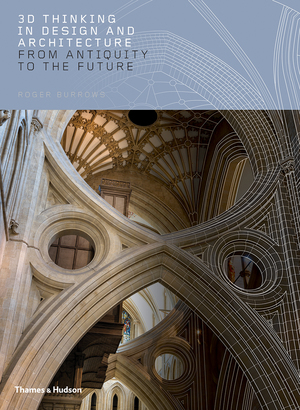The international architecture exhibition produced every two years in Venice is a sprawling, humid, one-stop shopping experience. When done right, it’s also exhilarating. Though the strategy of showcasing architecture’s freshest ideas through national pavilions and exhibition galleries has had its drawbacks in the Architecture Biennale’s 30-year history, high-quality submissions help make this year’s show feel curated. The recurring threads of sustainability, adaptive reuse, and traditional building methods — while planning for an uncertain future — give the show an underlying coherence.
This year’s director, Kazuyo Sejima of the Japanese firm SANAA, chose a remarkably enigmatic theme for the Biennale — People Meet in Architecture — which may alienate the audience and architects, but by virtue of its vagueness makes almost every project feel tangentially related to it. Is Sejima celebrating the way architecture provides the place for human exchange, or is she urging architects to refocus their energies on people, rather than architecture’s competing priorities of economic development, environmental sustainability, and technological innovation?
This year’s pavilions and exhibitions address these questions with varying directness. Most of the exhibitions in the voluminous, brick-walled rooms of the Arsenale take a loose interpretation. Olafur Eliasson’s Your Split Second House, a pitch-black room with pulsing stroboscopic lights that illuminate wildly lashing water hoses making violent noise, seems to have no agenda other than to intrigue and delight visitors. Nearby, the German climate-engineering practice Transsolar offers Cloudscapes, where condensed air forms clouds one can walk into by ascending curving ramps.
Other responses to Sejima’s mandate encourage visitors to rethink their experience of architecture and how they see themselves within it. One playful look into this topic can be found in the Romanian Pavilion. With a population density in urban Bucharest of one person per 1,000 square feet, the Romanian team, led by Tudor Vlasceanu, created an all-white rectangle, positioned on a bias within the gallery, which represents the dimensions of this space. Small circles in the sides of the construction give visitors a view inside the box, while a door allows one visitor at a time to experience the interior. Bluntly demonstrated is the voyeuristic nature of architecture and the way in which buildings without people feel meaningless. When no one stands inside the ark, the space looks like a sterile void; with a person within it, the space is suddenly like a highbrow peep show, dramatized by the simple, brightly lit, white aesthetic.
It seemed that Sejima’s firm, SANAA, hoped to elicit similar reflection on how buildings are enlivened by people and vice versa with the 13-minute film, If Buildings Could Talk…. But whereas the Romanian Pavilion achieves this goal with its understatement, the 3D treatment by celebrated director Wim Wenders feels a little overwrought, its interpretation of Sejima’s theme a little too explicit. The film’s voice-over explains how SANAA’S Rolex Learning Center in Lausanne, Switzerland, and the people within it are nourished by each other’s presence, while accompanying footage shows close-ups of people breathing deeply, eyes closed. Buildings should be left to do the talking.
The display at the Kingdom of Bahrain’s debut pavilion, which won the Golden Lion Award, is far more effective at capturing the interchange between people and architecture. Reclaim examines the consequences of rapid urban development on a tiny country that has long lived off fishing and pearling in the sea. Installed in the space are three small wood shacks that once served as fishermen’s shelters. Flat screens within the shacks show footage of fishermen lamenting their loss of connection not only to the sea but to these structures.
Numerous pavilions reassure visitors that architecture is still the best tool for ensuring a more sustainable future, primarily through better, denser urban communities. The U.S. Pavilion, Workshopping, takes a modest look at architecture’s problem-solving capacity. Practices such as Archeworks, which exhibits a mobile agricultural project, and cityLAB, which cleverly shows how to make Los Angeles denser by adding small houses to backyards, points out that entrepreneurialism and experimentation is critical to the sustainability not only of our cities but of the architecture profession. Michael Shapiro, director of the High Museum of Art, in Atlanta, an organizer of the U.S. Pavilion (with 306090, Inc.), chose to also bring in a display of John Portman & Associates’ 40-year-long development of the Peachtree Center in Atlanta. But despite their individual merits, the seven exhibits within the pavilion do not feel conceptually linked.
Vacant NL, the Dutch Pavilion, curated by Rietveld Landscape, includes a picturesque urban blue-foam model balanced on wires strung from the pavilion’s mezzanine level. The exhibition highlights the problem of vacant public buildings in the Netherlands, noting that the Dutch Pavilion is used only three months a year. With regard to the intentions, Ole Bouman, director of the Netherlands Architecture Institute, which organized the show, writes, “A good building makes something happen beyond the building itself.” That goes for the Biennales. This Biennale will undoubtedly extend its influence beyond the exhibition itself with the humble reminder that architecture is only as relevant or meaningful as the people and their activities within it.











Post a comment to this article
Report Abusive Comment